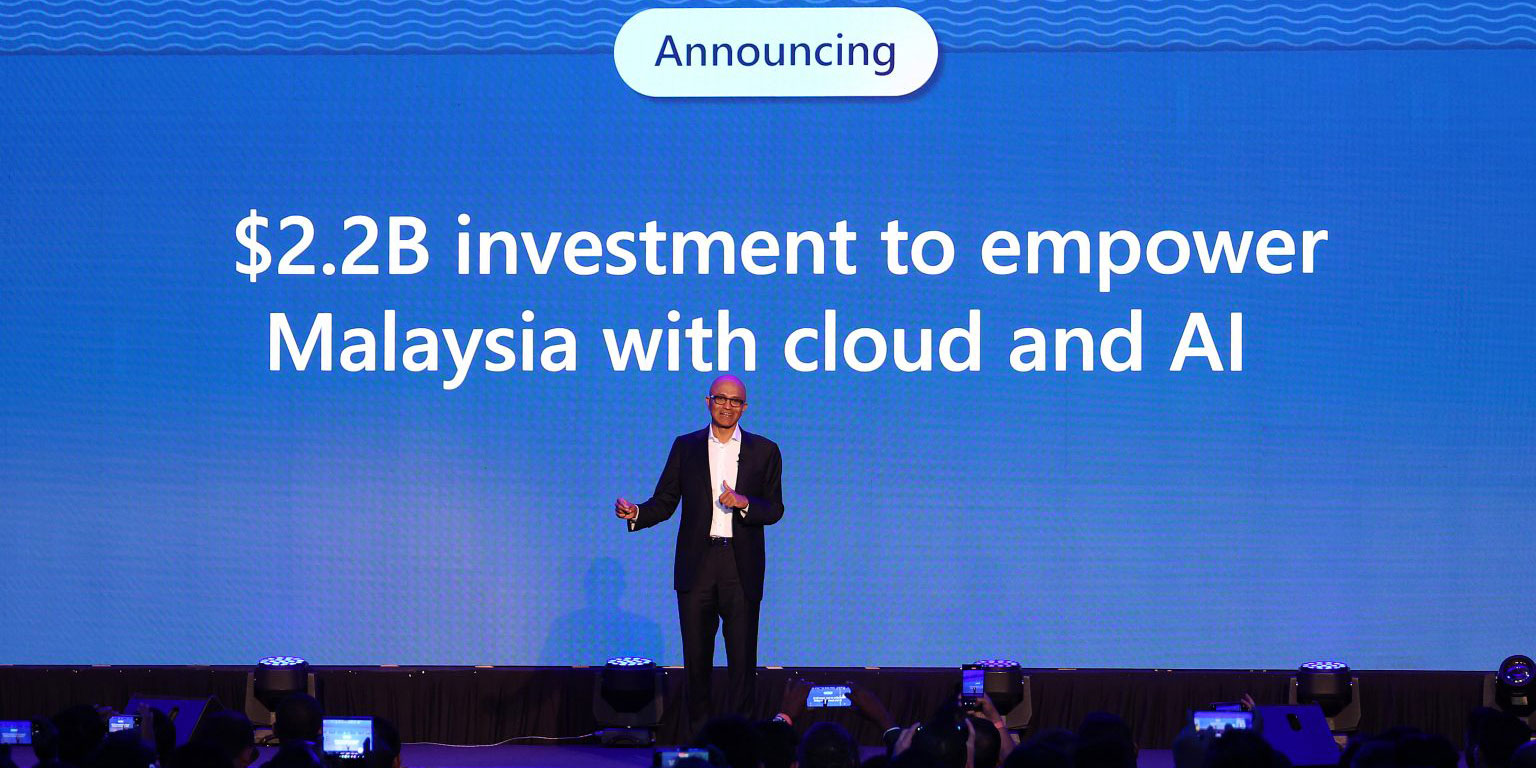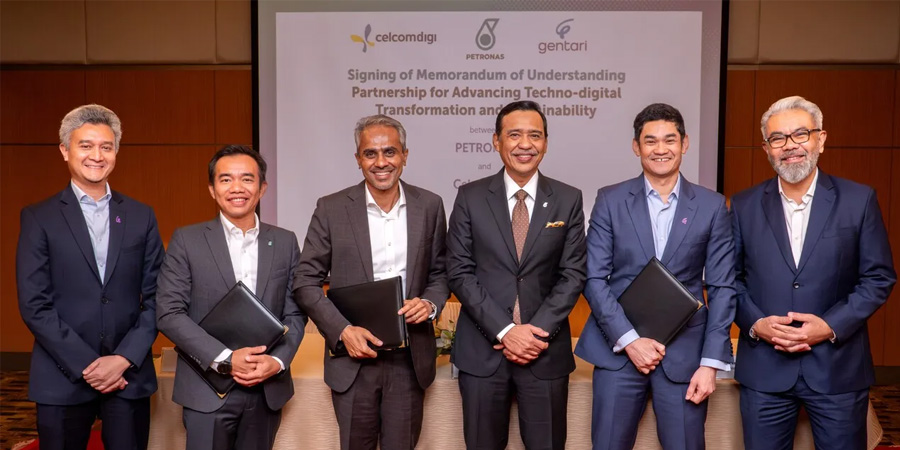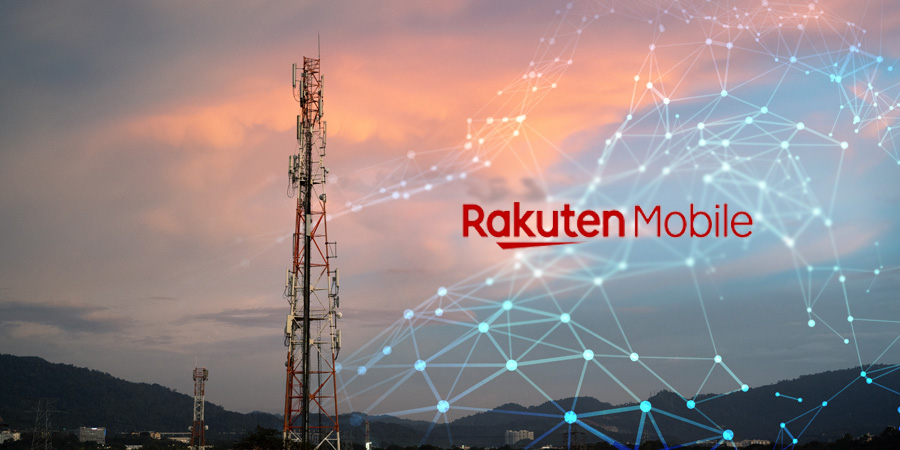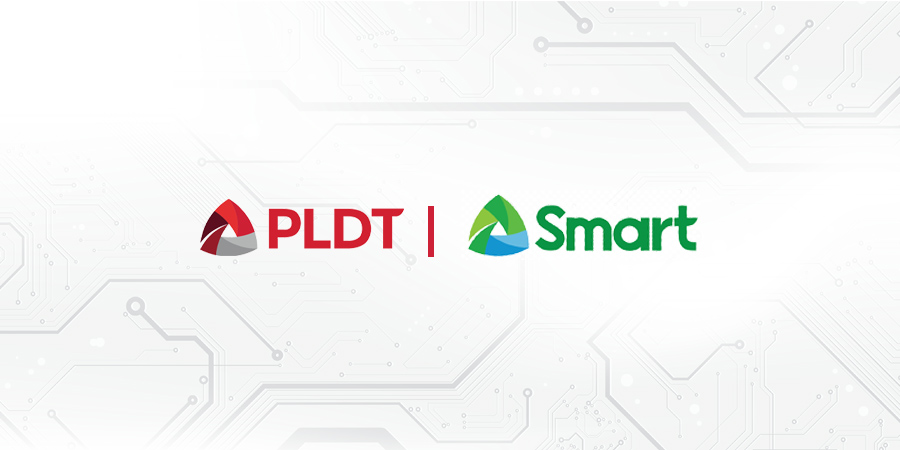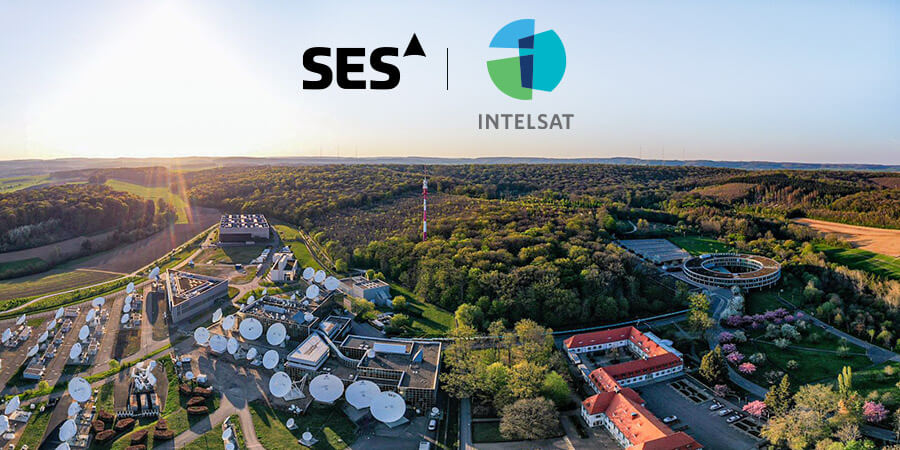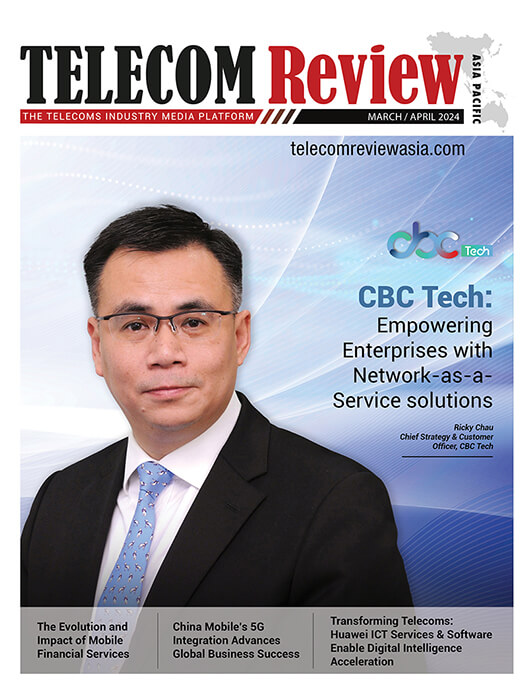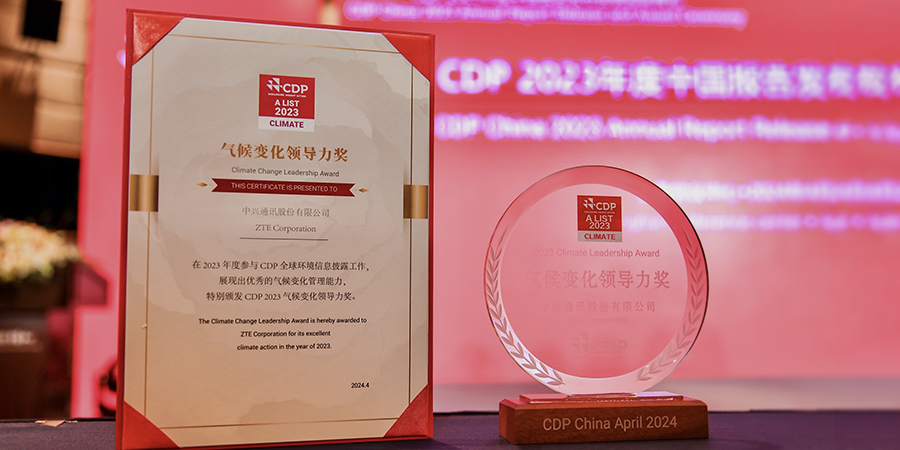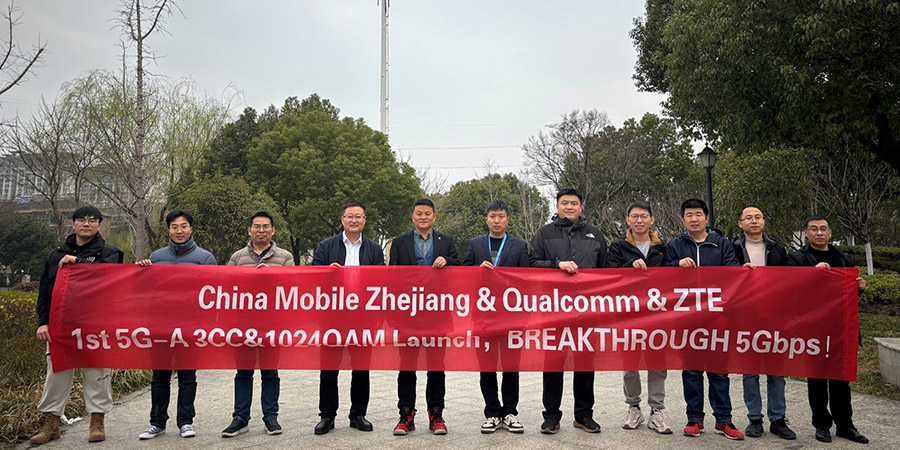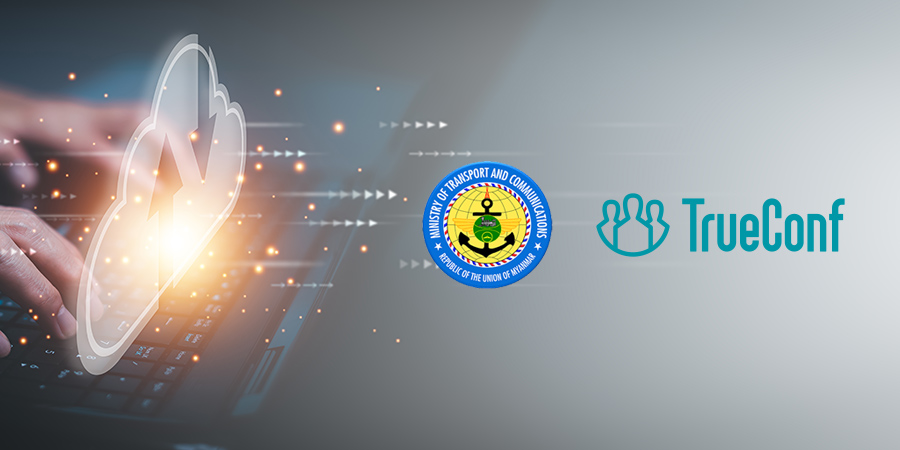Businesses throughout Asia are consistently searching for a means to reduce costs, streamline processes, and improve customer experience to match the fast-paced industries.
The adoption of shared services has become a popular method to achieve business goals. This involves consolidating common support functions and offering them as shared resources throughout the company.
The shared services model is similar to a third-party vendor within a company, which combines several functions into a single hub, providing help similar to that of a customer. It is also considered to be a solution to the high costs and inefficiencies that come with a fragmented approach to operational infrastructure, especially in areas such as information technology (IT).
Transforming Business Processes with Shared Services
A recent study by the International Data Corporation (IDC), highlighted the transformative potential of automation in shared services. Enterprises are encouraged to adopt automation to enhance efficiency, establish standardized processes, and foster innovation within shared services frameworks. Based on the IDC's research across all industries, automation is essential to reduce task completion times by 50%.
GenAI enables ongoing enhancement in the provision of services by utilizing real-time feedback and adaptive learning processes. Through this technology, enterprises can be confident that shared services are developed in accordance with organizational objectives and user expectations.
Moreover, the use of technologies like robotic process automation (RPA), machine learning (ML), and artificial intelligence (AI), has allowed companies to automate repetitive operations, minimize challenges, and expedite decision-making processes.
Automated invoice processing systems in the field of financial shared services can efficiently extract data from invoices, compare them with purchase orders, and trigger payments, all without the need for human involvement. This not only speeds up the payment process but also decreases the likelihood of mistakes and allows for the allocation of human resources to more important tasks.
Benefits of Automation
Streamlining business processes through automation offers a myriad of benefits. By automating repetitive operations, it improves productivity and allows human resources to concentrate on tasks that require cognitive talents, resulting in increased precision and efficiency. Furthermore, automation greatly decreases the mistakes that naturally occur when humans are involved, ensuring flawless coordination, with greater accuracy.
Automation also enhances planning by providing an overview of the complexities in operations, allowing businesses to optimize the allocation of resources and anticipate future requirements. It also promotes enhanced transparency and data security, as actions are carried out publicly with strengthened defenses. Streamlining, similar to the process of refining raw materials, reduces inefficiencies, creating a highly efficient and productive environment for organizational activities.
Furthermore, automation improves the scalability of shared services, allowing companies to quickly and effectively respond to changing market conditions and consumer demands. This also establishes the basis for sustainable growth and competitive advantage by simplifying procedures and standardizing workflows. Organizations that adopt automation in shared services are more capable of adjusting to crises. Notably, this could provide additional value to consumers.
While there are a lot of potential advantages, the processes required to achieve effective shared services are sometimes filled with difficulties. Organizations may face challenges that impede operational agility and affect the delivery of services. These challenges range from mistakes to delays.
Experts suggest that prior to starting your automation journey, it is essential to conduct comprehensive research and analyze current procedures in order to identify any inefficiencies and lay the foundation for smooth implementation.
Instead of being enticed by the attractiveness of technology, businesses should prioritize enhancing processes to fit their specific requirements. Moreover, it is crucial to assess the return on investment (ROI) of automation, making sure that the focus on improving efficiency remains the primary objective.
Adopting a long-term perspective enables companies to effectively navigate the dynamic business environment by anticipating future challenges and opportunities, thereby ensuring the business can grow and adjust accordingly.



